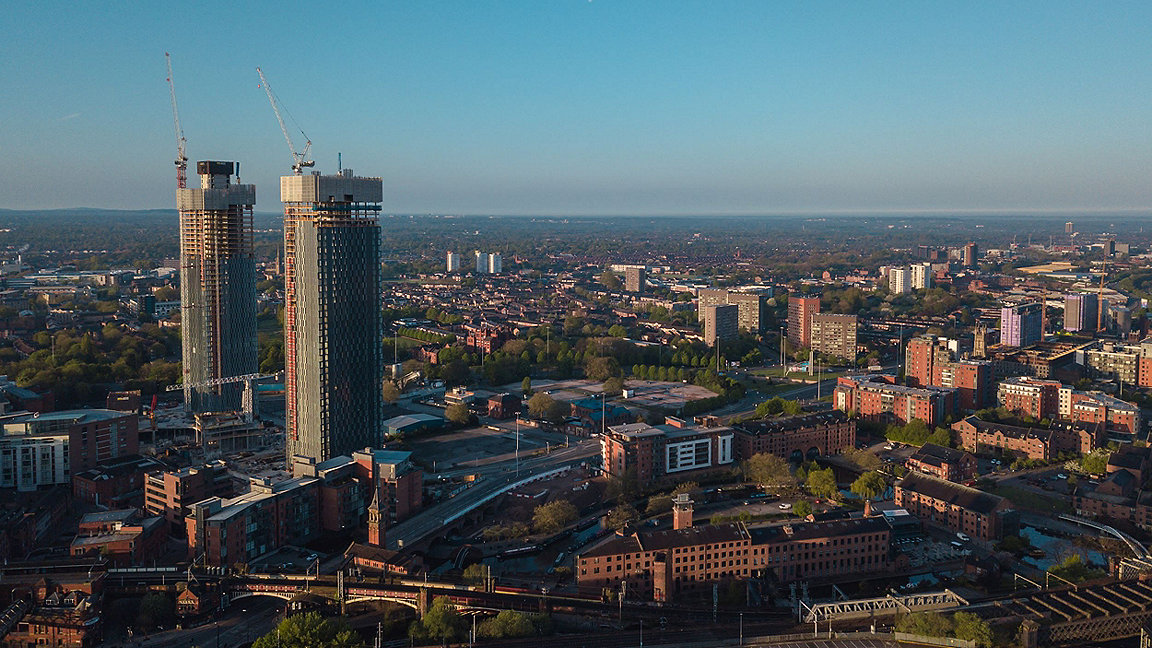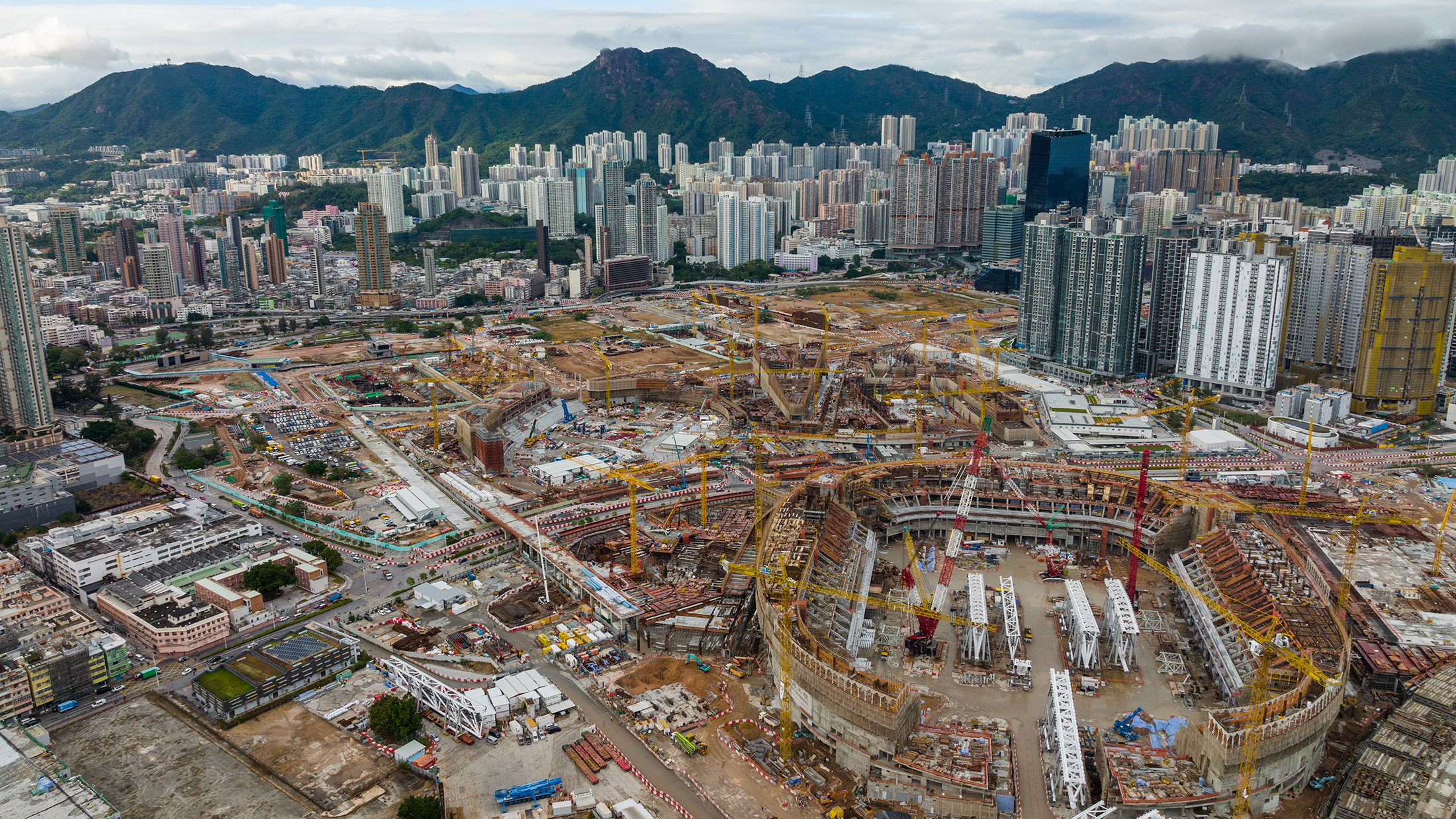
As the UK construction industry continues to recover from the major disruptions of the past few years, it is crucial to remain on top of emerging trends and shifts in the sector.
Approaching the midpoint of 2023, what factors are likely to have the greatest impact for the remainder of the year?
New legislation drives safety demand
A key piece of legislation for the industry, the Building Safety Act 2022 aims to foster greater accountability and responsibility for fire and structural safety issues throughout the life cycle of buildings in the scope of the new regulatory regime for building safety.
The act is being brought into force through staged secondary legislation over the next year. However, some of the main changes to date include the following:
- introduction of a Building Safety Regulator empowered to enforce safety and compliance with standards, with a particular focus on high-rise buildings
- introduction of new duty-holders, including accountable persons, whose obligations under the act include the assessment and management of building safety risks
- changes to the Defective Premises Act 1972 including an increase in the limitation period from six years after the completion of a dwelling to either 30 years for dwellings completed before 28 June 2022, or 15 years for dwellings due to complete after this date.
Subsequent secondary legislation has clarified some of the practical implications of the 2022 Act, such as the Higher-Risk Buildings (Descriptions and Supplementary Provisions) Regulations 2023.
The 2022 Act also establishes a new potential right of action against any person who takes on work in relation to any part of a dwelling, with renewed focus placed on the duty to ensure that any work done utilises the correct materials and is done in a professional manner. This builds on the duty of care established by the Defective Premises Act 1972.
A higher-risk building is defined as one that is at least 18m in height or has seven or more storeys and contains at least two residential units, or is a care home or hospital.
The act will continue to present a huge challenge to the industry over the coming years, and affect the way buildings are designed, constructed and maintained.
The industry is already experiencing increased demand for safer materials such as intumescent coatings on steel structures which can expand to form a protective layer when in contact with heat that meet the new standards, and this trend will only continue as the full impact of the legislation is appreciated.
Skills shortages and supply chain increase building costs
Construction also continues to face skills shortages, with a lack of qualified workers in many areas. Indeed, the Construction Industry Training Board predicts that almost 225,000 extra construction workers may be needed between now and 2027.
Worker shortages are already being flagged as a major reason for project delays. They have also caused the cost of labour in the UK to go up by 30% since the 2016 referendum, which is double the rise seen in some EU countries, and this increased competition for workers means the trend is likely to continue.
Building costs are also expected to rise 2.5% as a result. The construction industry therefore needs to find ways to attract and retain skilled workers.
Supply chain issues that first arose as a result of the pandemic and the 2021 Suez blockage have persisted due to the war in Ukraine and associated sanctions on Russia, leading to delays on existing projects.
The war has caused uncertainty about the viability of future UK construction projects, particularly in terms of logistics, infrastructure and the availability and cost of critical materials such as steel, iron, nickel, chemical products and timber.
It has additionally led to energy price increases, given Europe's formerly high level of dependency on Russian gas and oil. All of this has a direct impact on construction and property companies, with the number of insolvencies remaining high.
Over the next year, prices for raw materials and fuel will likely continue to be above pre-pandemic levels, though further price hikes are less likely heading into 2025. However, issues with labour availability and resultant project delays are expected to continue as contractors fight to clear backlogs.
Economic difficulties persist despite avoiding recession
While the UK appears to have narrowly avoided entering a technical recession, households and businesses remain under intense pressure from the cost-of-living crisis, with inflation at the highest rates since the early 1980s.
The construction industry has not escaped the impact of this stagflation, with a combination of rising inflation, negative growth and a slump in business investment adding £23bn to annual construction output costs.
In particular, the rise in mortgage rates, falling real wages and poor consumer confidence are also leading to a downturn in the private residential sector, which is key to the UK economy and affects many of those in the construction industry.
At the end of 2022, infrastructure was the only sector where consistent growth was expected by institutional investors.
But this would depend on there not being large reductions in infrastructure spend – and in the first quarter of 2023 the UK government has already rowed back on plans for large infrastructure projects, such as aspects of HS2, including reducing the speed and number of trains running per hour.
'The construction industry has not escaped the impact of this stagflation, with a combination of rising inflation, negative growth and a slump in business investment adding £23bn to annual construction output costs'
Sustainability and ESG gain attention
The construction industry is a major contributor to climate change, responsible for around 40% of global emissions and materials footprints. There is thus increasing attention being paid to sustainability and environmental, social and governance considerations in the industry, with a greater emphasis on sustainable construction and energy efficiency.
This presents both an opportunity and a challenge for construction firms over the coming years, as they will need to be proactive in their approach – not just through the use of more low-emission materials, but also in construction methods and designs, decarbonising supply chains as well as focusing on integrating concrete and cement into the circular economy.
There will also be opportunities in renewables and green energy, with significant wind and solar farms and power storage projects in the pipeline, as well as facilities for future innovative technologies such as green hydrogen.
Medium-term picture decidedly mixed
As the year goes on, the construction industry will see a continuation of the challenges faced in 2022 and the first quarter of 2023. Although the UK has avoided a recession to date, the level of investment in the construction section will continue to be restricted.
While inflation in the cost of materials should ease, labour shortages will place a strain on projects. Construction in the private residential sector is expected to face a downturn while infrastructure and renewables continue to grow.

